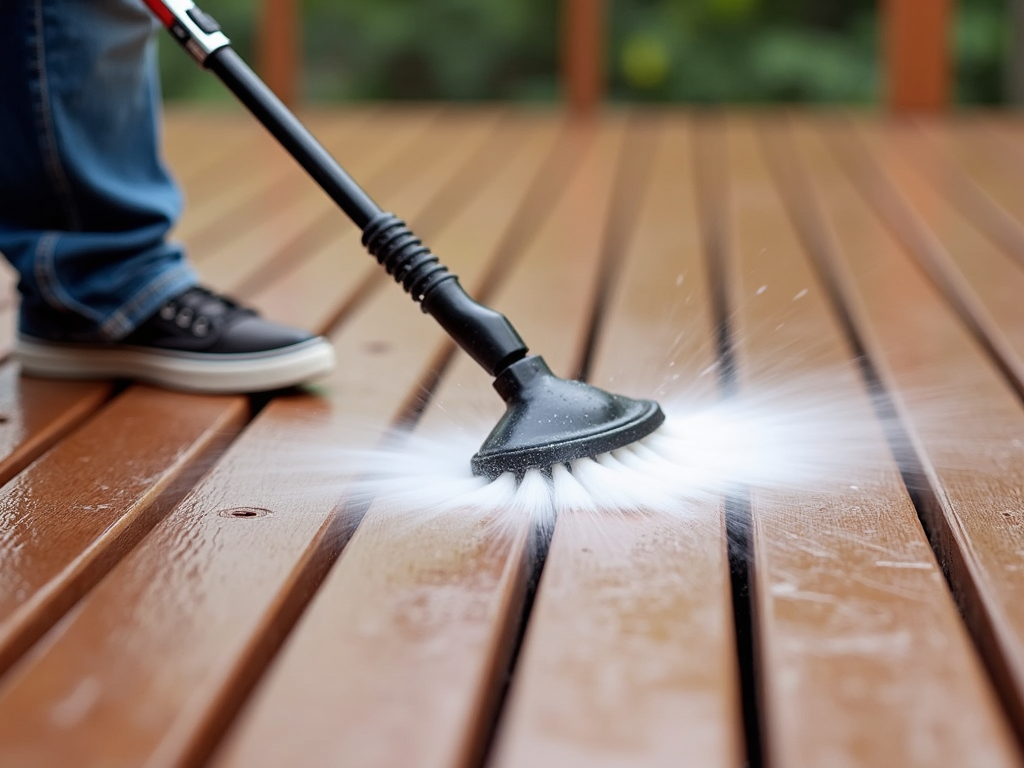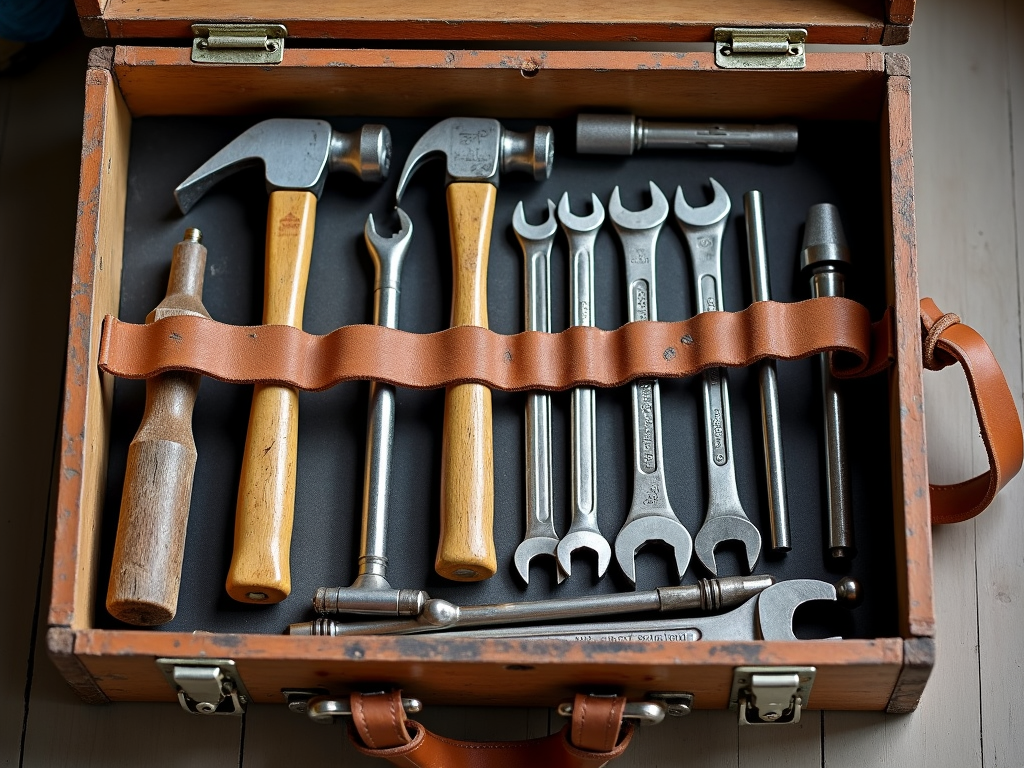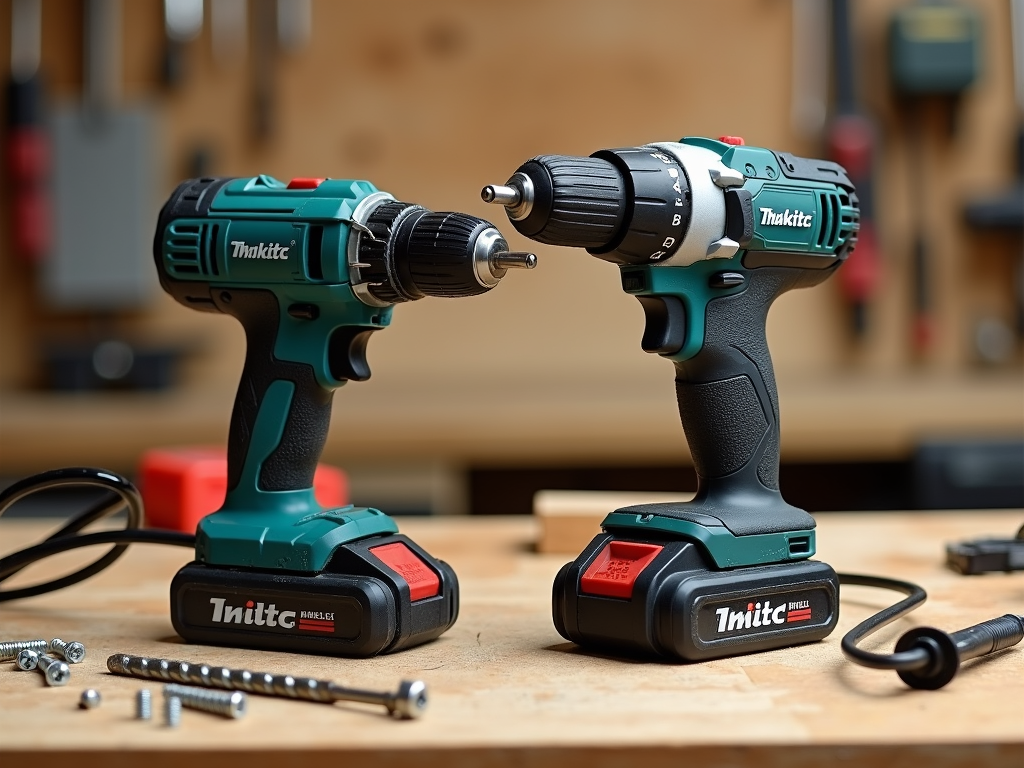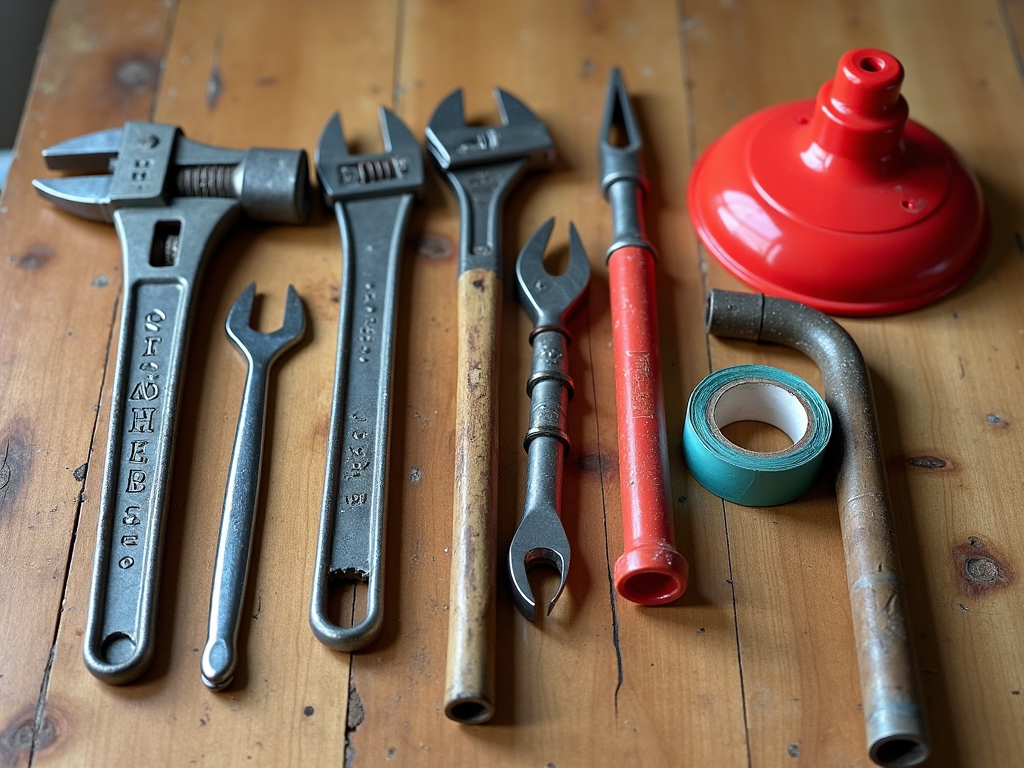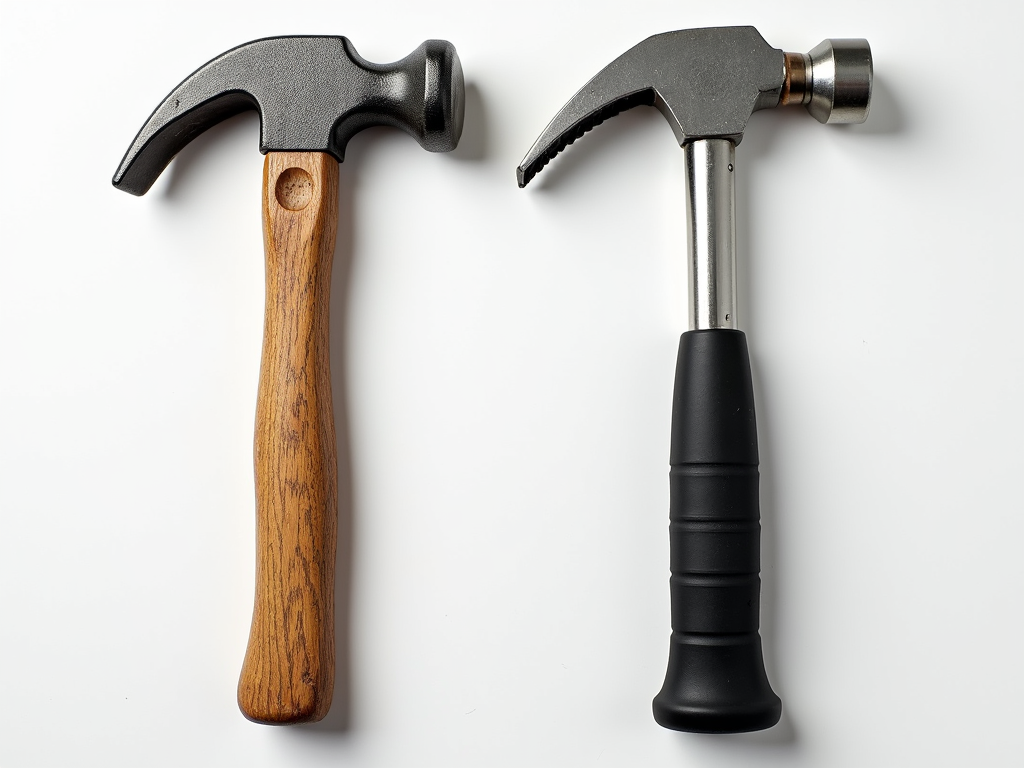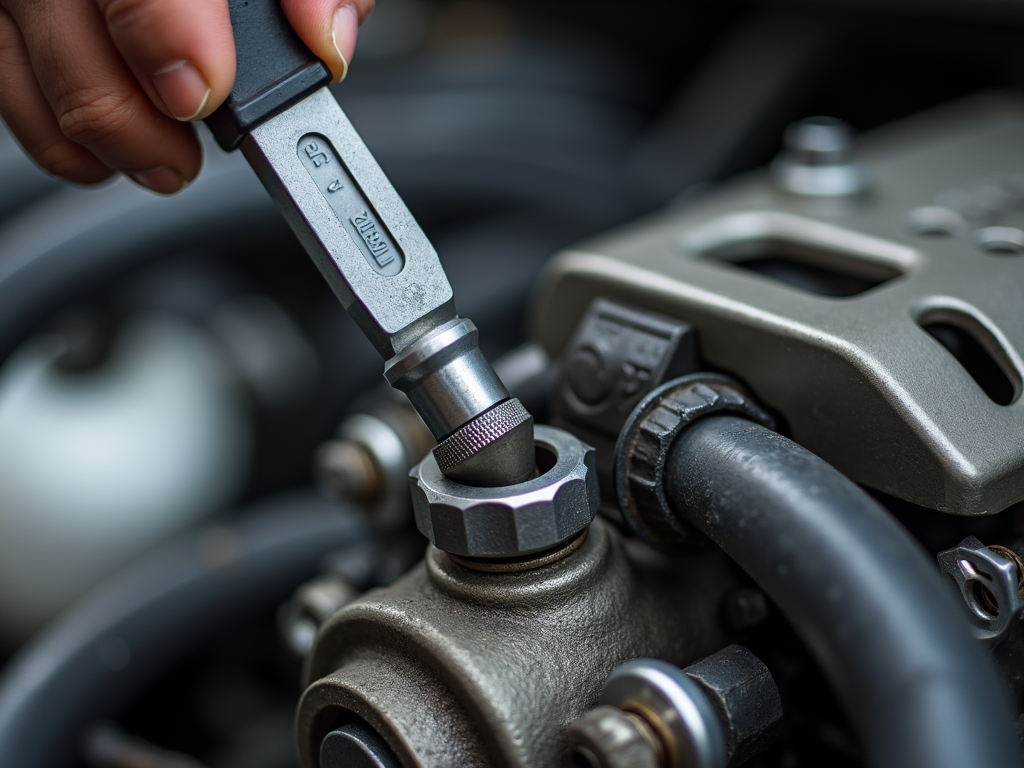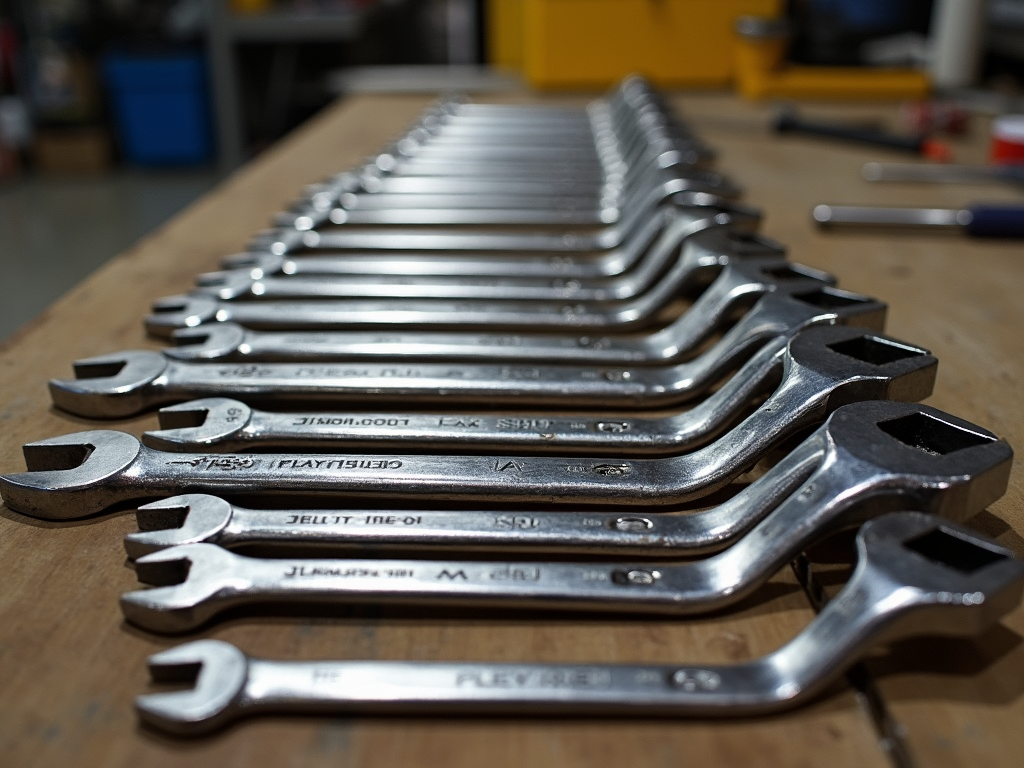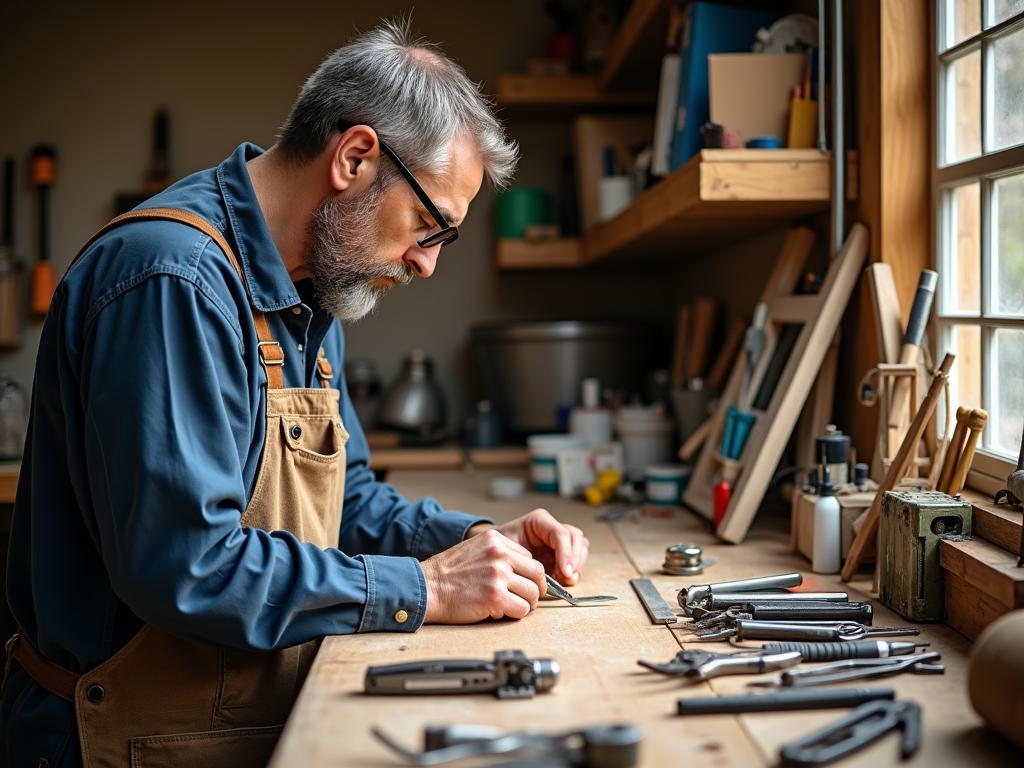Safety matters in every DIY project. Whether you’re fixing a leaky faucet or building a bookshelf, the right safety gear keeps you protected. This article covers the Safety Gear Essentials for DIYers, including tips on how to use wrenches safely, so you can work with confidence and avoid injuries.

Must-Have Safety Gear for DIYers
Every DIYer needs a solid set of safety gear. Here’s what you should keep in your toolbox:
- Safety Glasses: These shield your eyes from dust, wood chips, or metal shards. Pick ones that meet ANSI Z87.1 standards for toughness.
- Gloves: Good gloves protect your hands from cuts and blisters. Leather or synthetic ones work well for most tasks.
- Ear Protection: Power tools get loud. Earplugs or earmuffs save your hearing during long sessions.
- Dust Masks: Sanding or cutting kicks up dust. A mask keeps your lungs clear of harmful stuff.
- Steel-Toed Boots: Drop a hammer? These boots keep your toes safe.
- Hard Hats: Working under a ladder or shelf? A hard hat guards against falling objects.
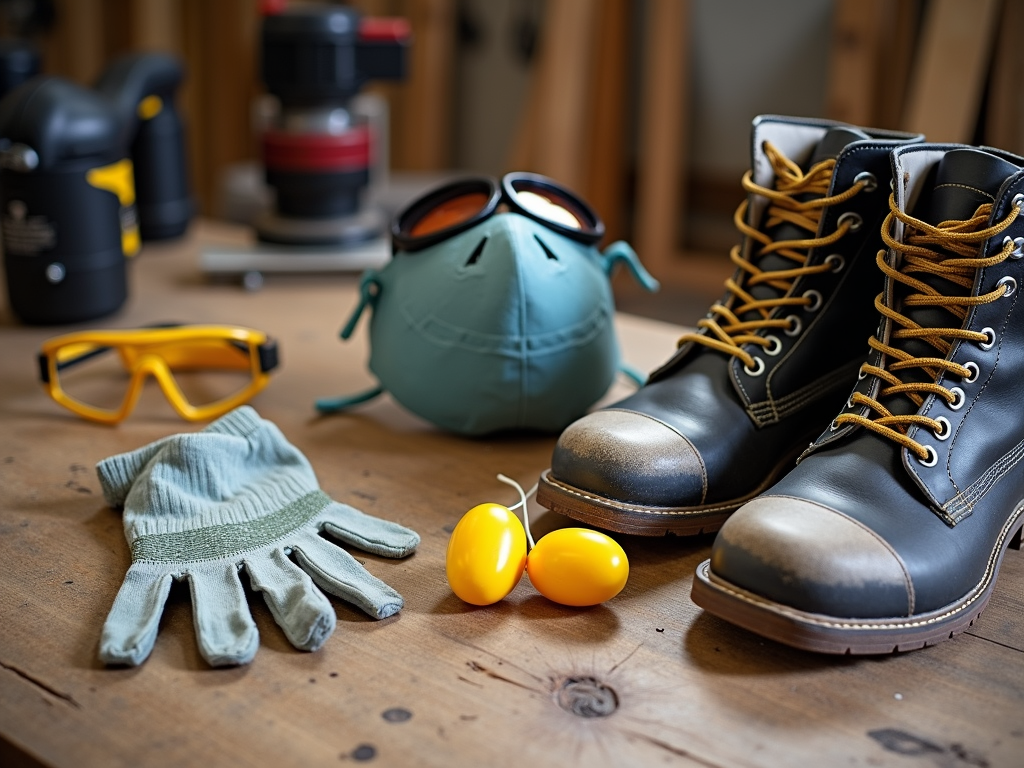
Picking the Right Gear
Not all safety gear fits every job. Think about what you’re doing. Cutting wood? Grab a dust mask. Handling chemicals? Add a face shield or thicker gloves. Comfort matters too—gear you hate wearing won’t help if it’s sitting on the shelf. Try stuff on and make sure it feels right for long projects.

My Take on Safety Gear
I’ve been a DIYer for years, and I’ve got stories. Once, I skipped safety glasses while drilling into drywall. A chunk flew up and missed my eye by an inch. That was my wake-up call. Now, I suit up every time—glasses, gloves, the works. Check your gear regularly too. Worn-out gloves or cracked glasses won’t save you.
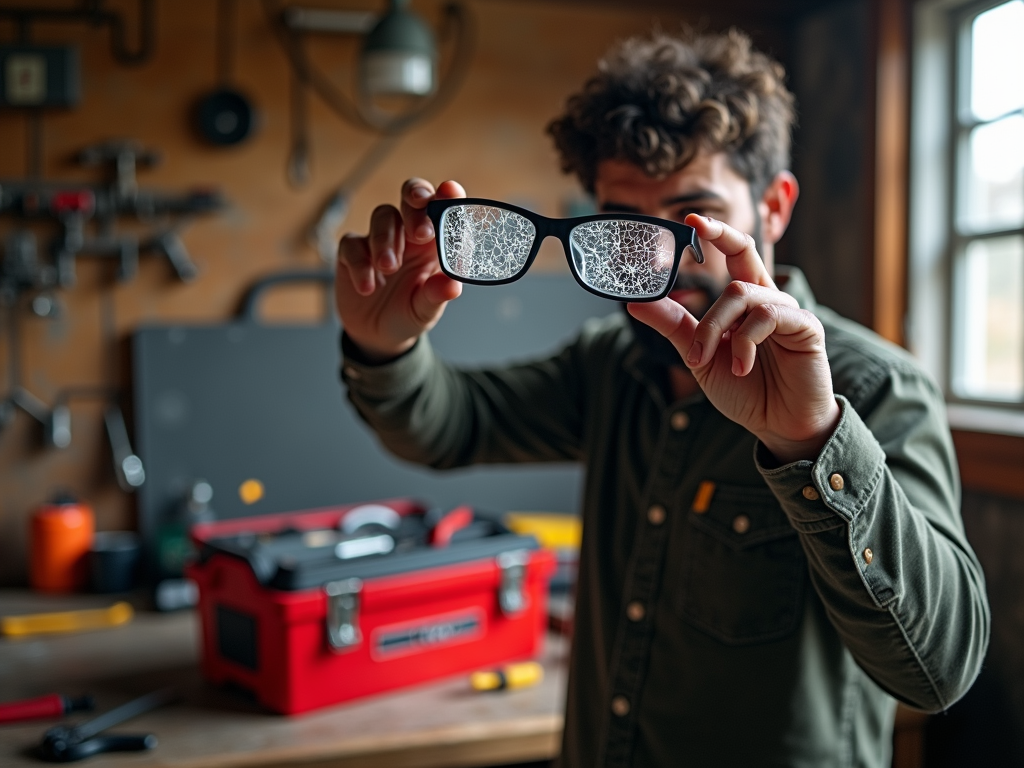
How to Use Wrenches Safely
Wrenches are a DIYer’s best friend, but they can bite back if you’re careless. Here’s how to stay safe:
Get the Grip Right
Use the right size wrench for the nut or bolt. Too big or small, and it’ll slip. Hold it firm, push or pull smoothly, and don’t jerk it around. Too much force can snap the bolt—or your knuckles.
Skip the Shortcuts
Don’t bash a wrench like it’s a hammer. It’s not built for that and could break. Also, avoid sticking a pipe on the end for extra leverage. That’s a fast way to hurt yourself or ruin the tool.
Keep Them in Shape
Wipe wrenches down after use—grease makes them slippery. Store them dry to stop rust. If the jaws look worn or bent, toss them. A bad wrench is a safety risk.
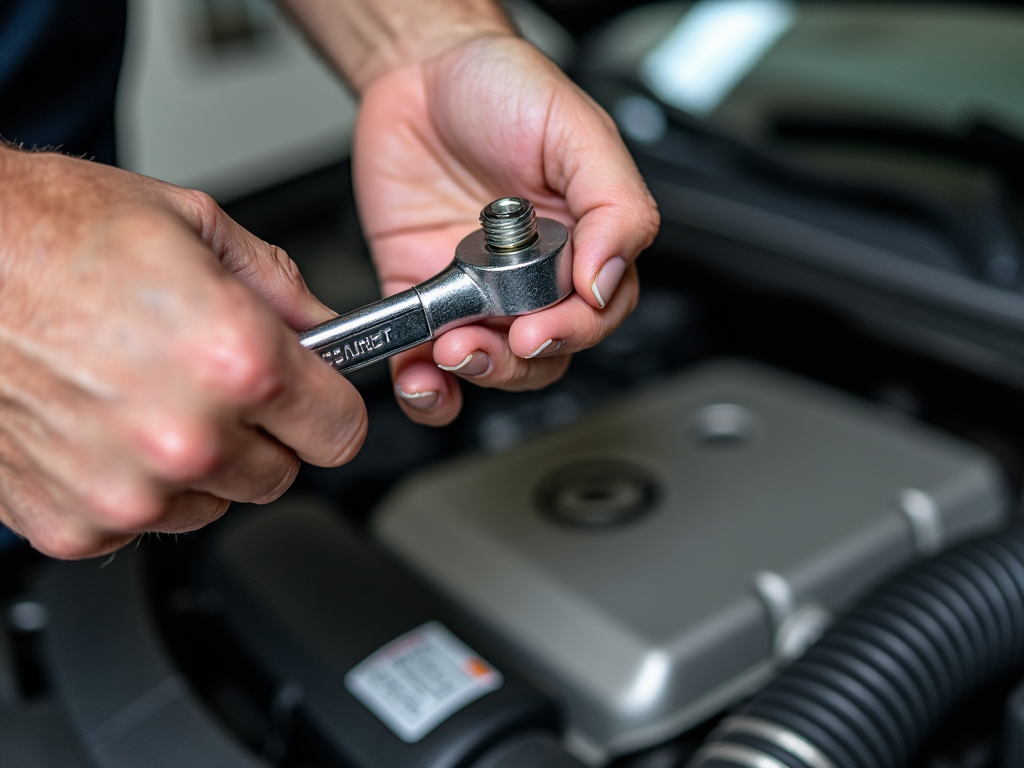
Workman Tools and You
Beyond wrenches, DIYers rely on workman tools like hammers, screwdrivers, and pliers. Each needs care. With hammers, watch for loose heads and wear glasses—nails can fly. Screwdrivers? Match the tip to the screw size or you’ll strip it and maybe stab yourself. Pliers need a firm grip, but don’t twist too hard—they’ll snap. Keep all tools clean and sharp for safe, smooth work.
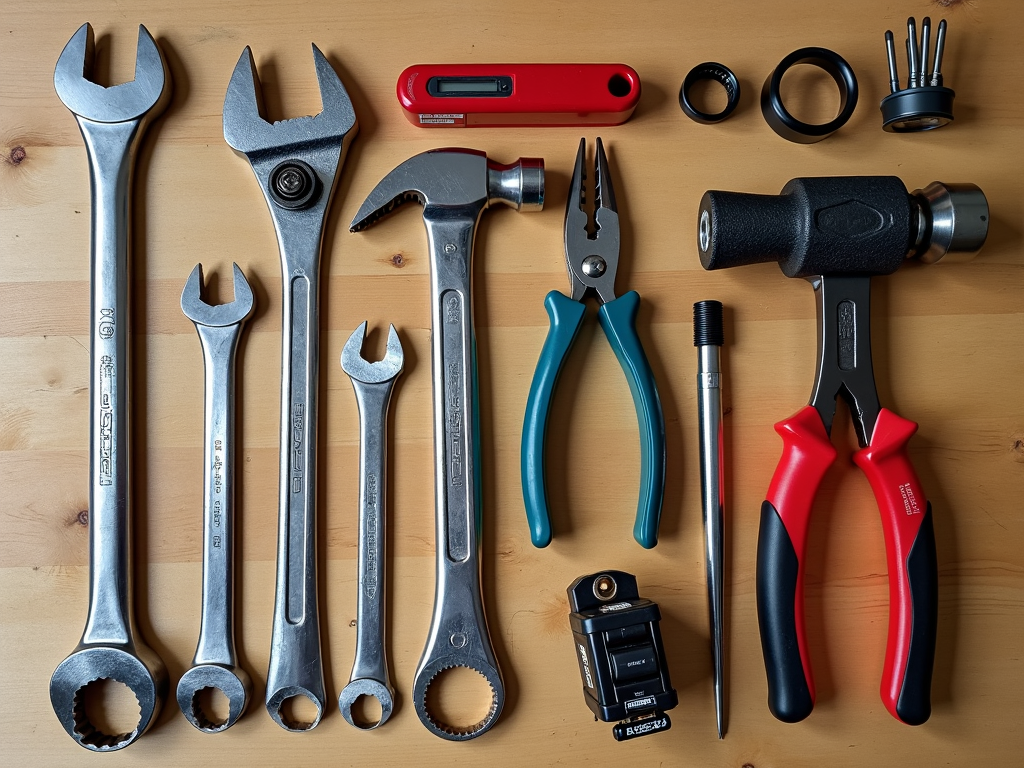
Quick Comparison: Wrench Types
| Type | Best For | Safety Tip |
|---|---|---|
| Adjustable | Odd-sized bolts | Tighten the jaw fully |
| Open-End | Quick turns | Check for wear on jaws |
| Box-End | Tight spaces | Don’t over-torque |
| Combination | All-purpose | Use the right end for the job |
Pick the wrench that fits your task—it’s safer and easier.
Why It All Matters
DIY projects are fun, but accidents aren’t. The right Safety Gear Essentials for DIYers stop small mistakes from turning into big problems. Learn how to use wrenches safely, keep your workman tools in check, and you’ll finish every job with a smile—not a bandage.

Related Safety Gear Essentials for DIYers:
- Mastering Wrenches: A DIYer’s Guide
- Maximizing Productivity with Ergonomic Tools
- 5 DIY Storage Ideas for Small Spaces: Organize Your Painting Tools Like a Pro
- Effective Cleaning Tips with Power Washers: A Comprehensive Guide
- How to Maintain Your Tools for Longevity: A Guide for Beginners
- How to Choose the Right Power Drill for Your Projects: A Comprehensive Guide
- A Beginner's Guide to Plumbing Installation Techniques
- Innovations in Workman Tools Enhancing Comfort
- Essential Workman Tools for Automotive Repairs
- Top 10 Hand Tools Every Mechanic Needs
- Top 5 Multi-Tools Every Craftsman Needs
- Screwdriver Safety Tips: Essential Guide for Workman Tools



